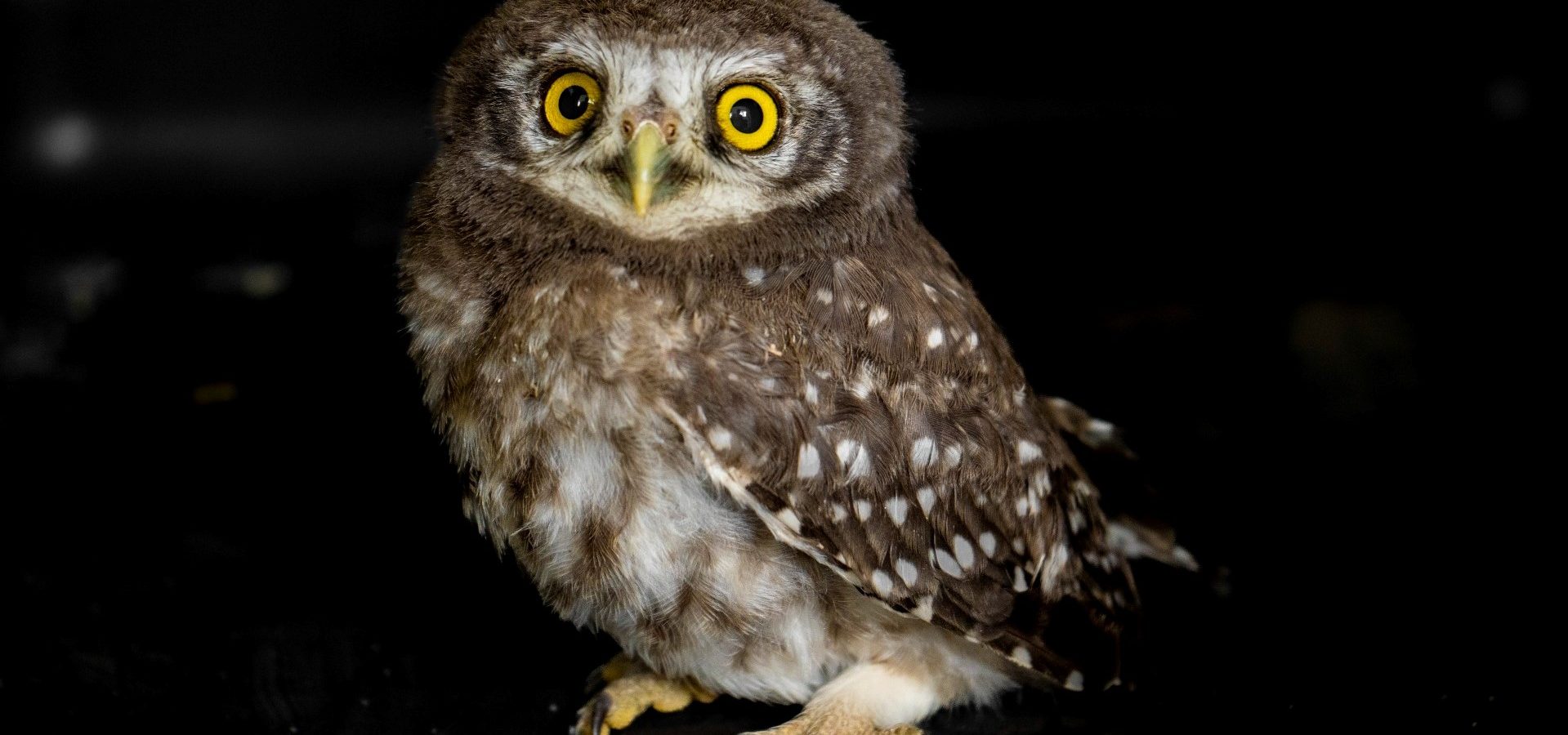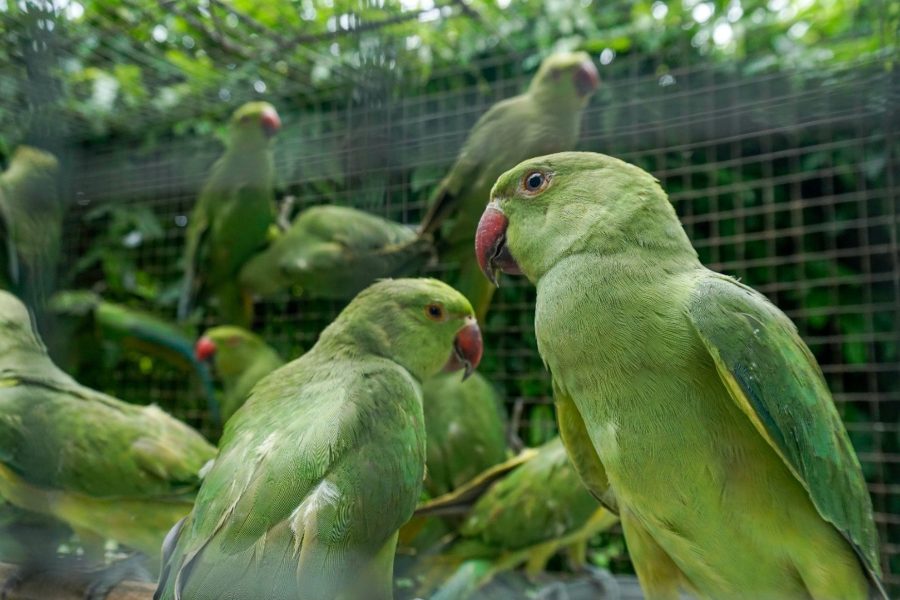They are mysterious, they are birds of prey symbolising raw power, and the way these nocturnal denizens fly without producing any sound makes them the perfect silent killers. Some look eerie, while others appear to be a friendly neighbour sitting on a tree and minding their own business. Owls have inspired the imagination of many and compelled a lot of us to step into the world of wildlife exploration. There are nearly 250 owl species worldwide known to human beings, of which 36 are found in India.
The Most Targeted Owls
In reality, owls face life-threatening predicaments due to man-made factors. Of the 36 owl species that are spread across the length and breadth of the country, 16 of them are in peril. According to TRAFFIC, an organisation that monitors wildlife trafficking globally, these 16 owl species are the ones most commonly found in the illegal market. In order to raise awareness about this issue, it is important to know about these threatened owl species, and the reason behind their poaching and trafficking.
The owls that are stuck in the cesspool of illegal wildlife trade include the Rock (Indian) eagle owl, Dusky eagle owl, Spot-bellied eagle owl, Barn owl, Tawny fish owl, Brown fish owl, Brown hawk owl, Eastern grass owl, Asian Barred owlet, Spotted owlet, Collared owlet, Jungle owlet, Mottled wood owl, Brown wood owl, Oriental scops-owl and Collared scops-owl.
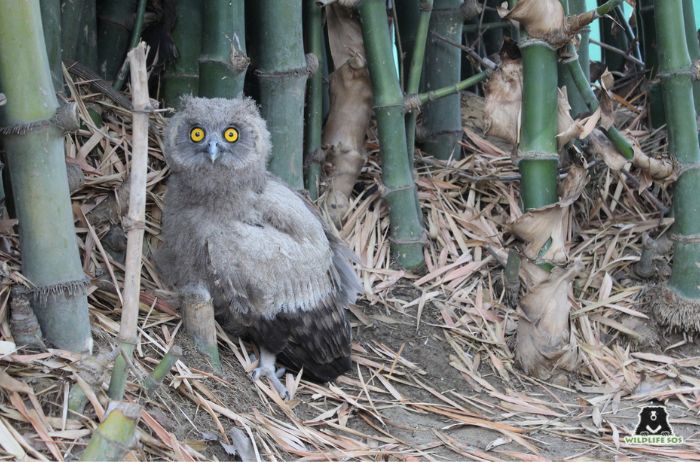
These nocturnal birds of prey are famous for gliding silently in the night, as well as for their iconic hoots and shrieks that reverberate through the forests. These characteristics are enough to generate curiosity and compel us to know more about owls. Instead, these birds are poached and traded illegally, fuelled by myths and superstitious beliefs. The root of these superstitious beliefs lies in black magic rituals and occult practices.
Ornithologist Abrar Ahmed conducted an extensive investigation into the exploitation and illegal trade of owls in India in 2010. The study noted that the Rock eagle owl, Brown fish owl, Dusky eagle owl, Scops owl and Mottled wood owl are the most traded owl species in the wildlife trafficking market, making them a target for poachers.
Factors Encouraging the Trade
Spotted owlets and Barn owls are also not spared from this Gordian knot. Horned owls such as the Rock eagle owl are most coveted for their feathered ear tufts (feather extensions on the head), which are considered to have mystical properties. Their deep, resonant calls have given birth to a number of superstitions, one being that if heard from the top of a house, the call signals the occupant’s death.
Another myth states that once an owl is killed and its bones are dropped in a stream, the bone that moves “like a snake” is meant to be kept as it would bring good luck. Such unfounded claims are passed on as lore to portray owls as bearers of bad omen, thereby adding to their misery.
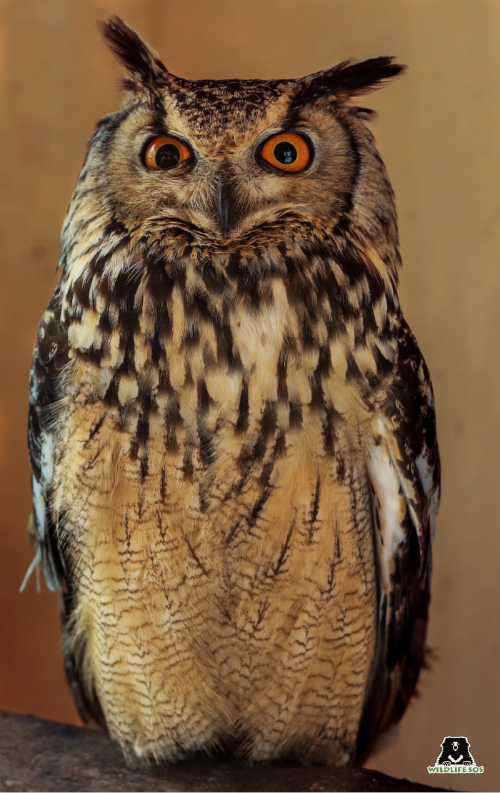
People who practise black magic – shamans and tantriks (spiritual healers) – perpetrate the slaughter of these innocent birds. They then recommend using the owls’ body parts such as heart, liver, kidneys, ear tuft, feathers, skulls, claws, bones and blood for occult rituals and as traditional medicines. According to the aforementioned report, the primary owl trading states include Uttar Pradesh, West Bengal, Bihar, Madhya Pradesh, Delhi, Rajasthan and Gujarat.
Attempts of illegal wildlife trade increase considerably during the time of Diwali. A major reason is the association of owls with Lakshmi, the goddess of wealth. Since owls are considered a bad omen, people believe that killing them will bring good fortune. Such insanity leads to the poaching and trafficking of owls, thereby threatening their population in the wild.
Intercepting Owl Trafficking
When it comes to curbing the illegal trade of owls, Wildlife SOS has worked extensively over the years and has rescued various owl species from dramatic circumstances. The Wildlife SOS team, along with the Gujarat Society for Prevention of Cruelty to Animals (GSPCA), seized a Rock eagle owl in 2019. The Wildlife SOS-GSPCA team busted a group of wildlife traffickers in a village named Dungripura in Gujarat. While one of the accused managed to flee, three were arrested and booked under various sections of the Indian Wildlife (Protection) Act, 1972.
In another life-saving effort, the Wildlife SOS-GSPCA team rescued eight Rock eagle owls in 2020 from smugglers in Vadodara. The Rapid Response Unit in the city later seized a Barn owl as well from outside Swaminarayan Temple in Harinagar. The owl had suffered an injury on the left wing, as it was suspected that the bird was being used in an occult ritual to appease goddess Kali. The owl was provided immediate medical treatment and released safely back into the wild.
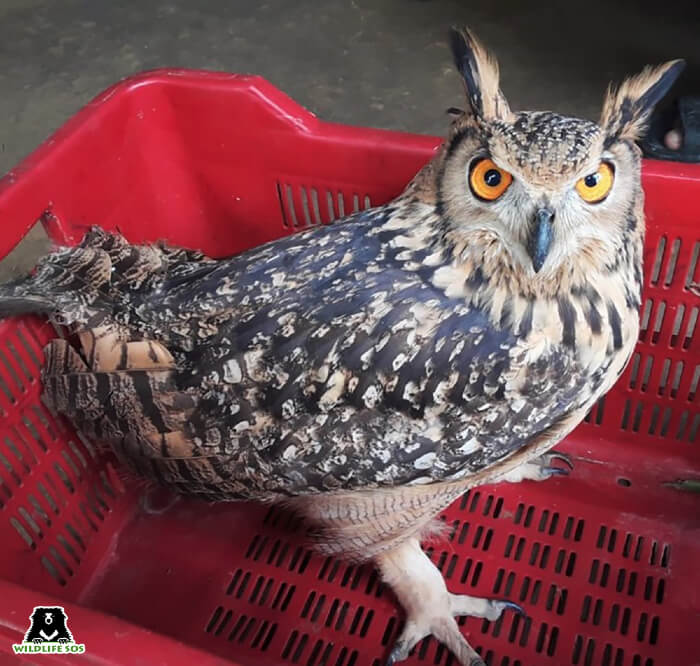
Again in August 2022, the Wildlife SOS-GSPCA team jumped into action and seized a Barn owl in Kaprada village, located in the Valsad district of Gujarat. In what was a covert operation, the team assisted the Gujarat Forest Department in arresting the traffickers. After weeks of surveillance and intel gathering, some of the team members posed as potential buyers. Once the location of perpetrators became known, they were finally caught.
The name Barn owl is partly derived from the fact that they are widely seen in backyards and barns. Their unconventional shrieks have made them a target of superstitions, but they are actually friends of farmers as they feed on rodents and keep the crops safe. Barn owls have abilities that are beyond human comprehension, as they possess excellent night vision and their hearing is so accurate that they can kill prey in total darkness!
All owl species in India are protected under the Wildlife Protection Act, and are also listed under Appendix II of CITES (Convention on International Trade in Endangered Species of Wild Flora and Fauna), an international agreement that safeguards animals and plants from the threats of trade. However, there is still a lot to be done in terms of educating people about these beautiful birds and their role in nature.
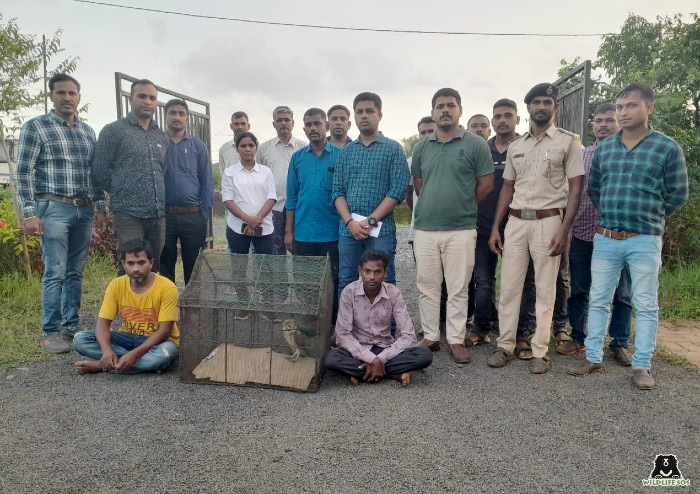
You can always alert the forest officials or Wildlife SOS on our emergency helpline (Delhi NCR: +91 9871963535, Vadodara: +91 9825011117, Agra: +91 9917109666 and Jammu and Kashmir: +91 7006692300, +91 9419778280) if you ever see owls kept in captivity in markets or near temples. As nature’s creation, these avian members are meant to live freely in the wild, rather than being trifled with due to irrational beliefs.

